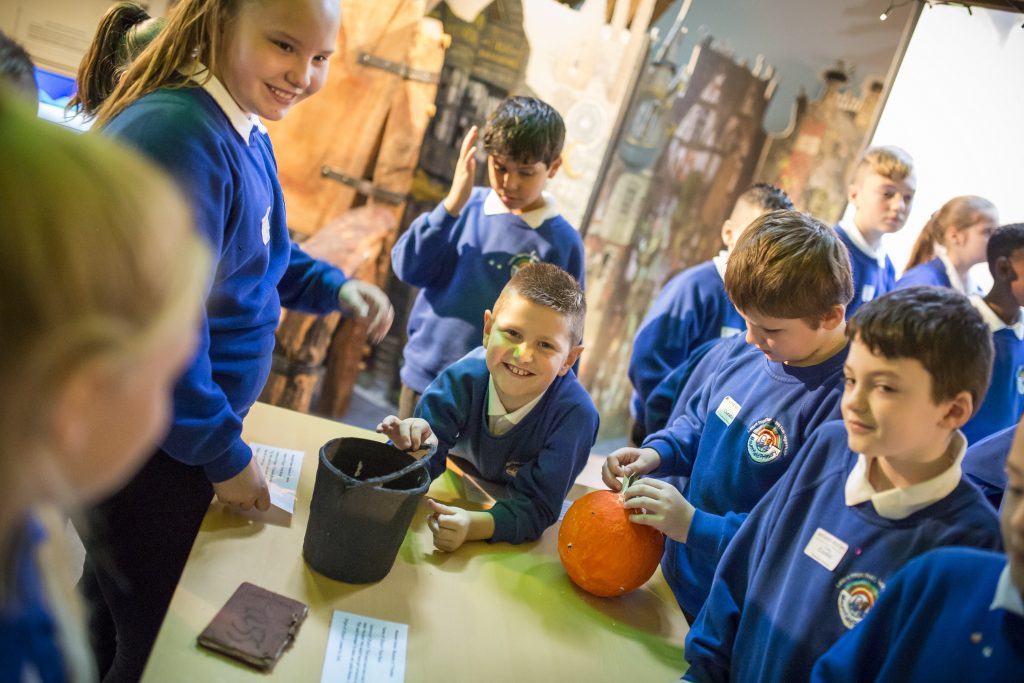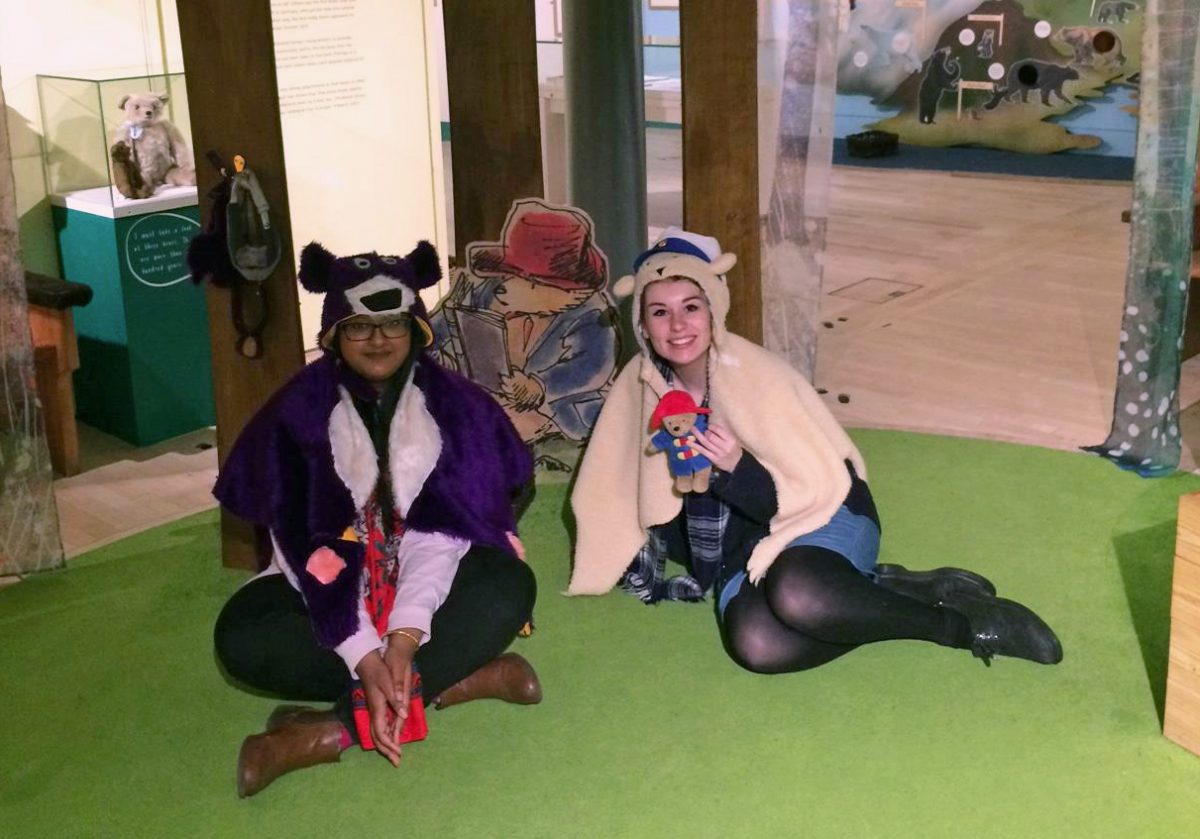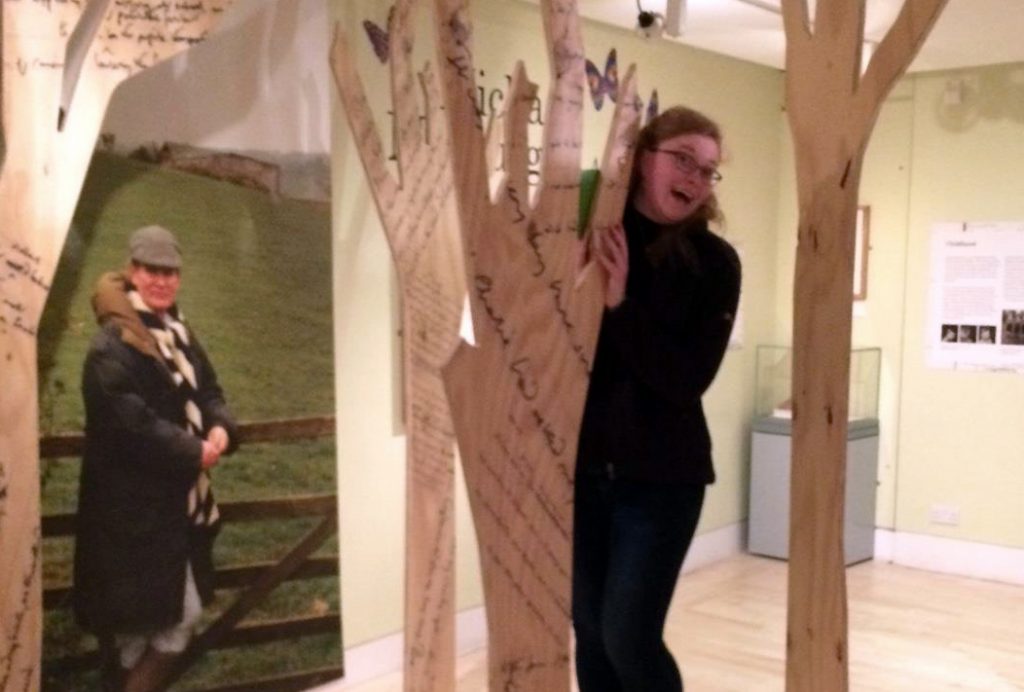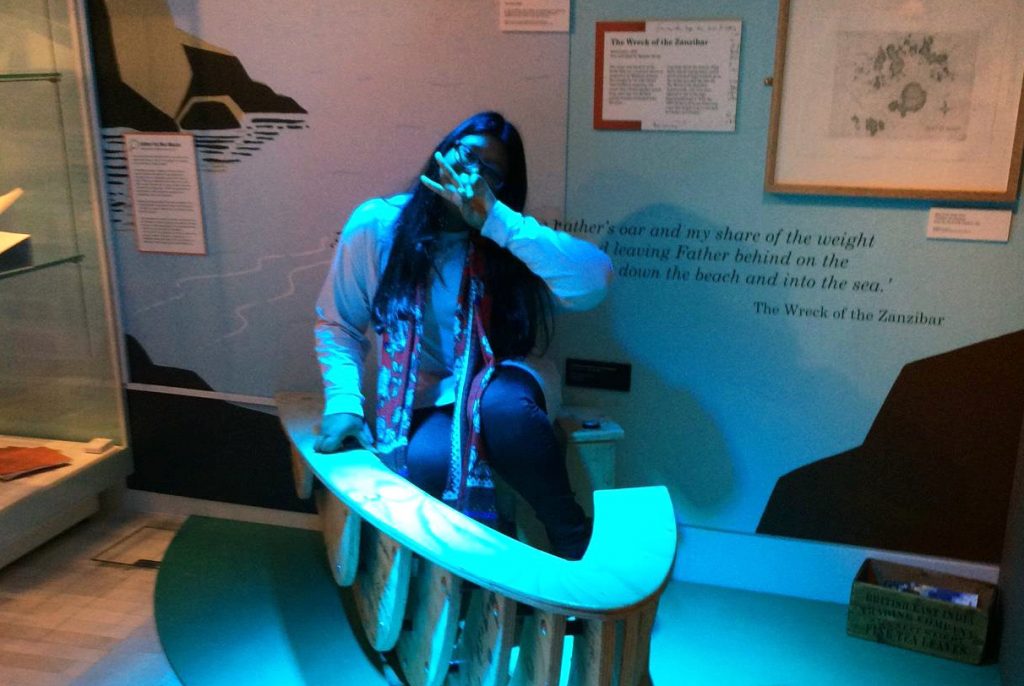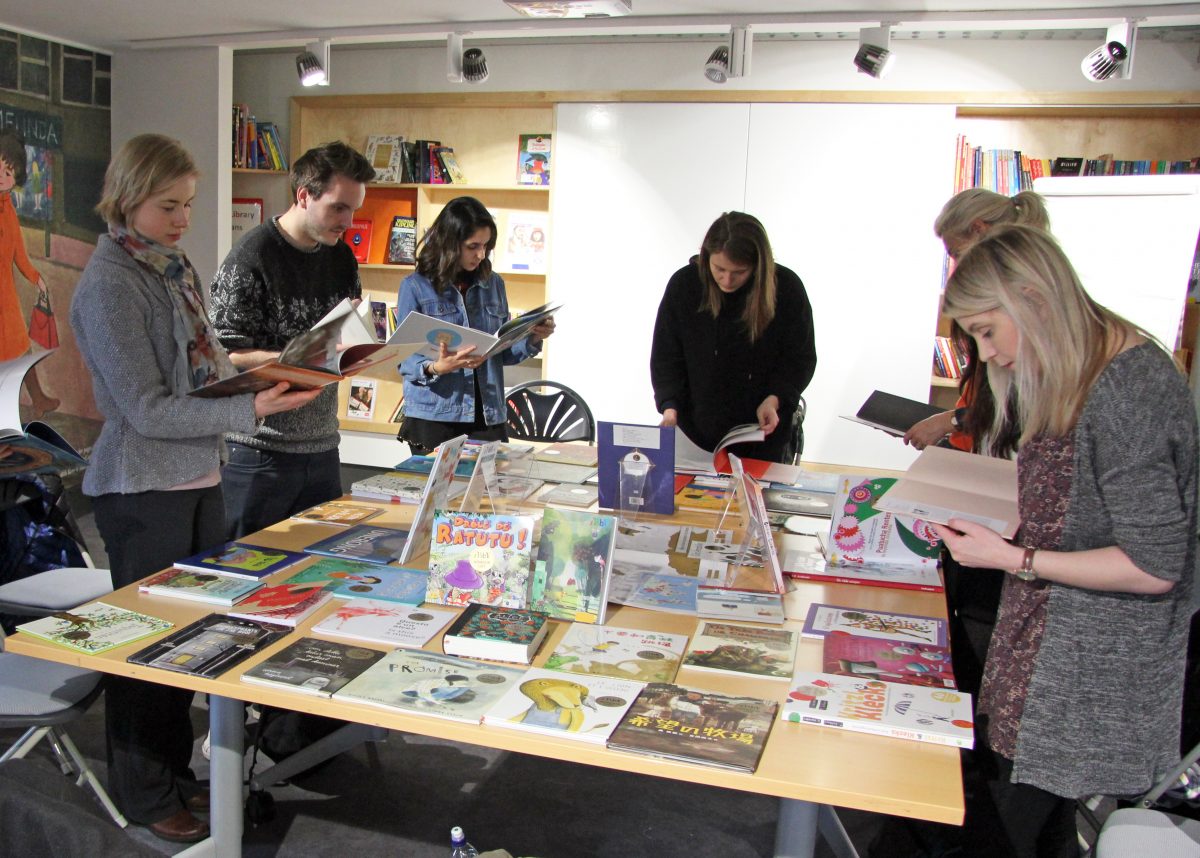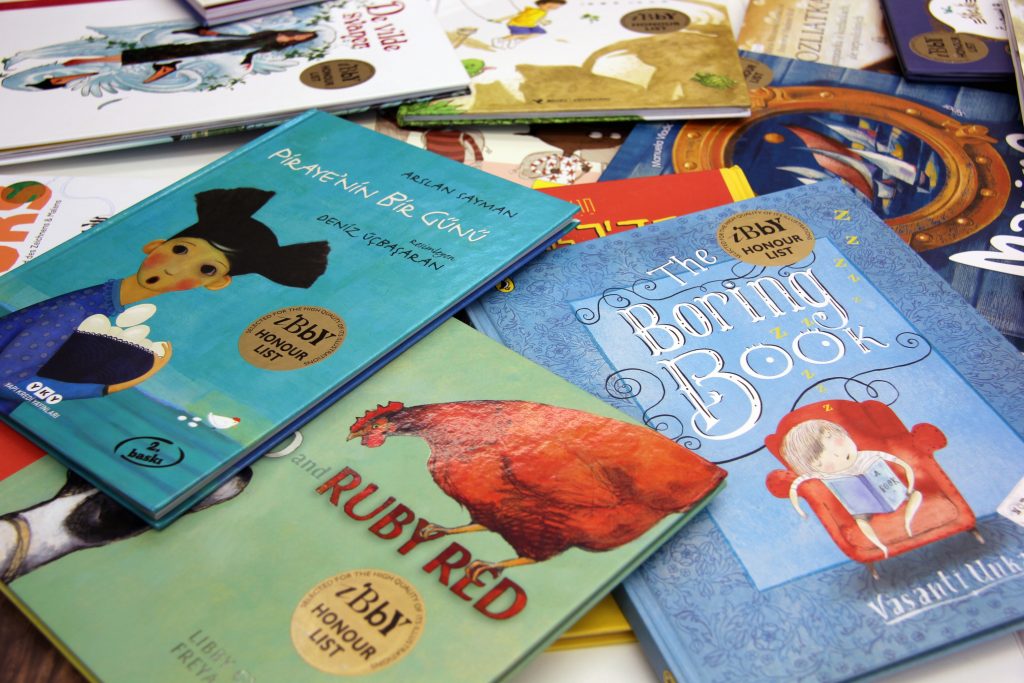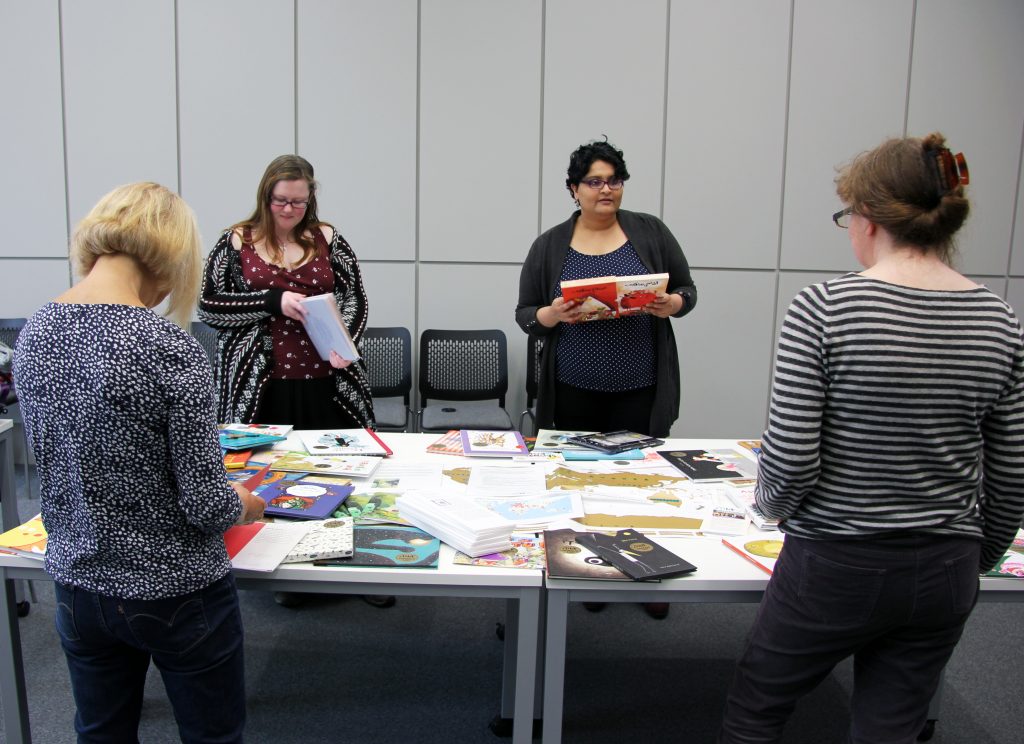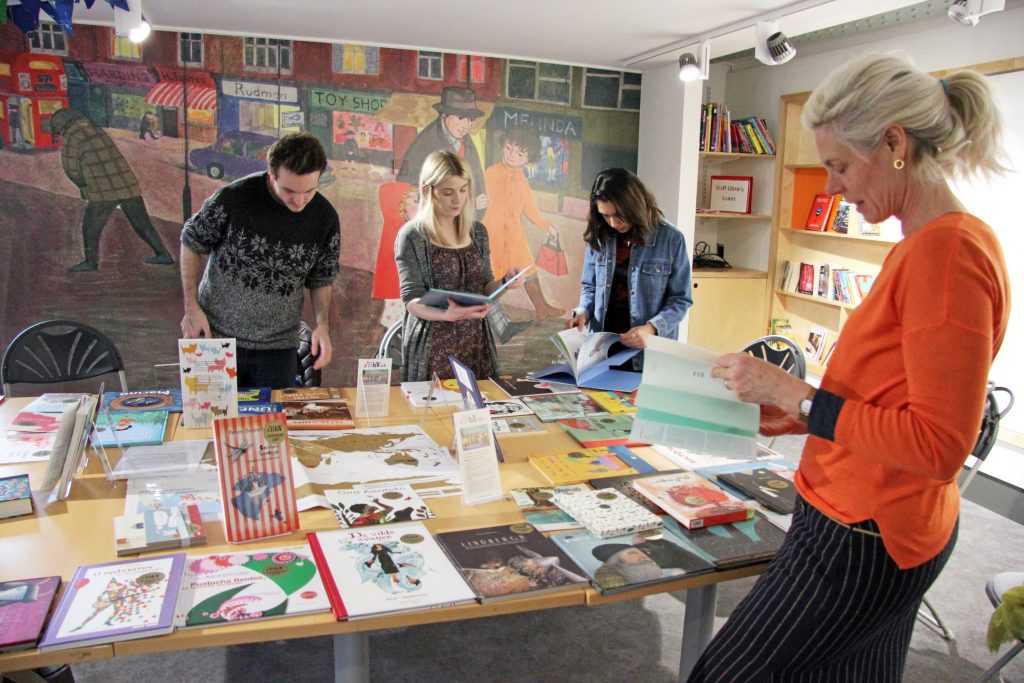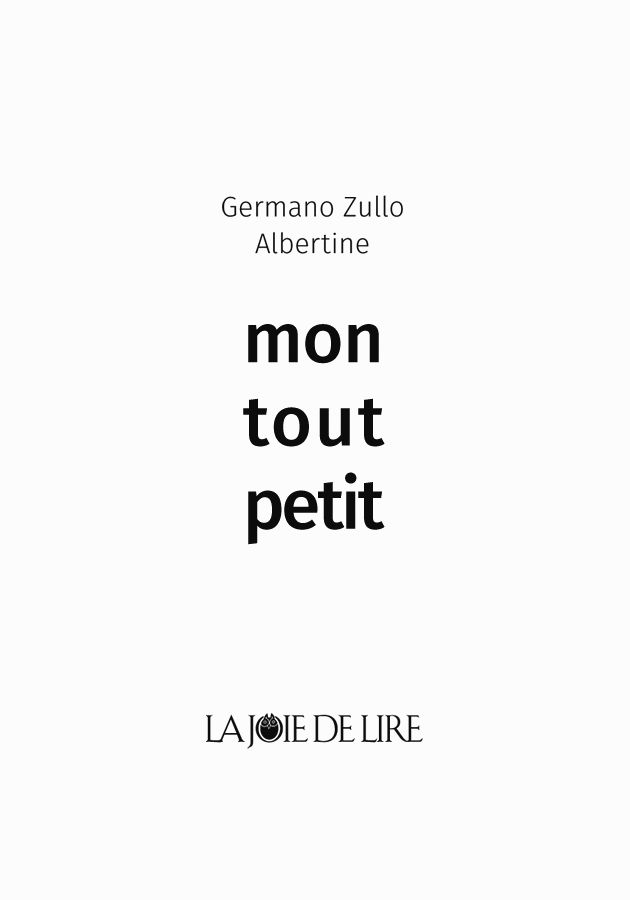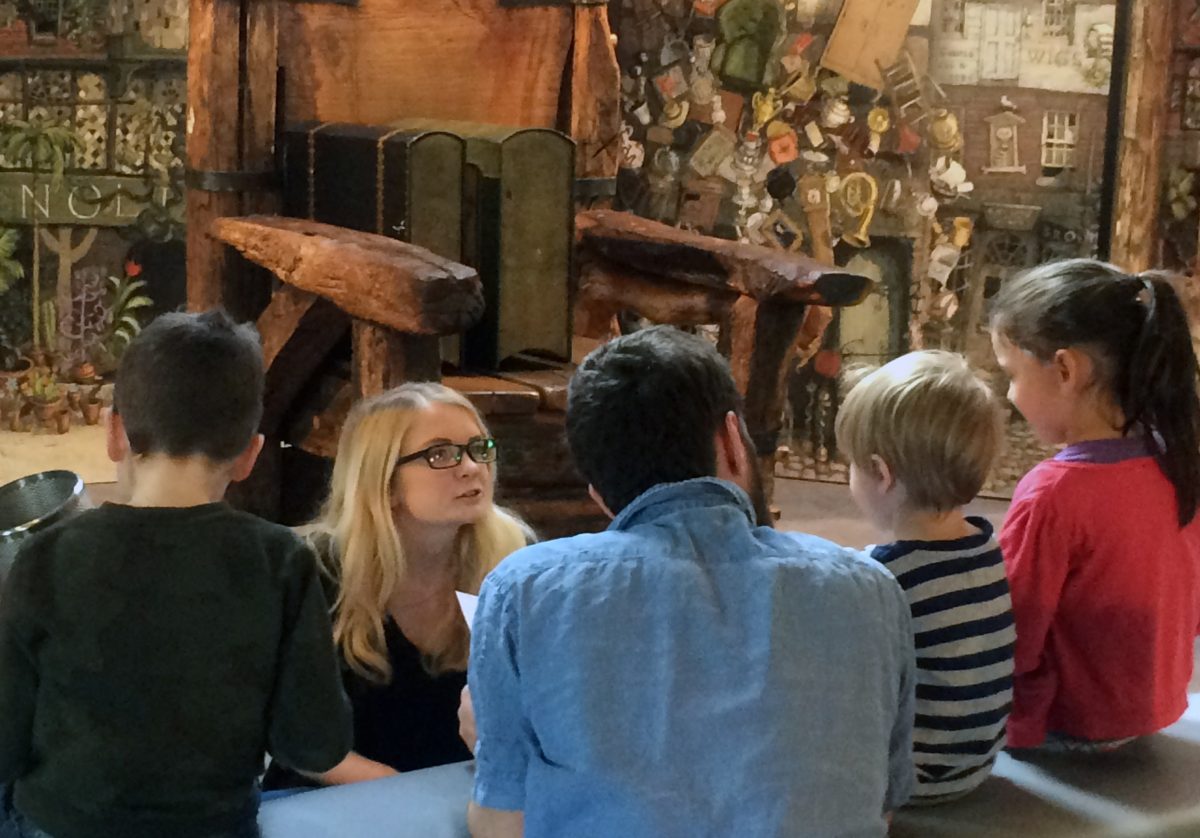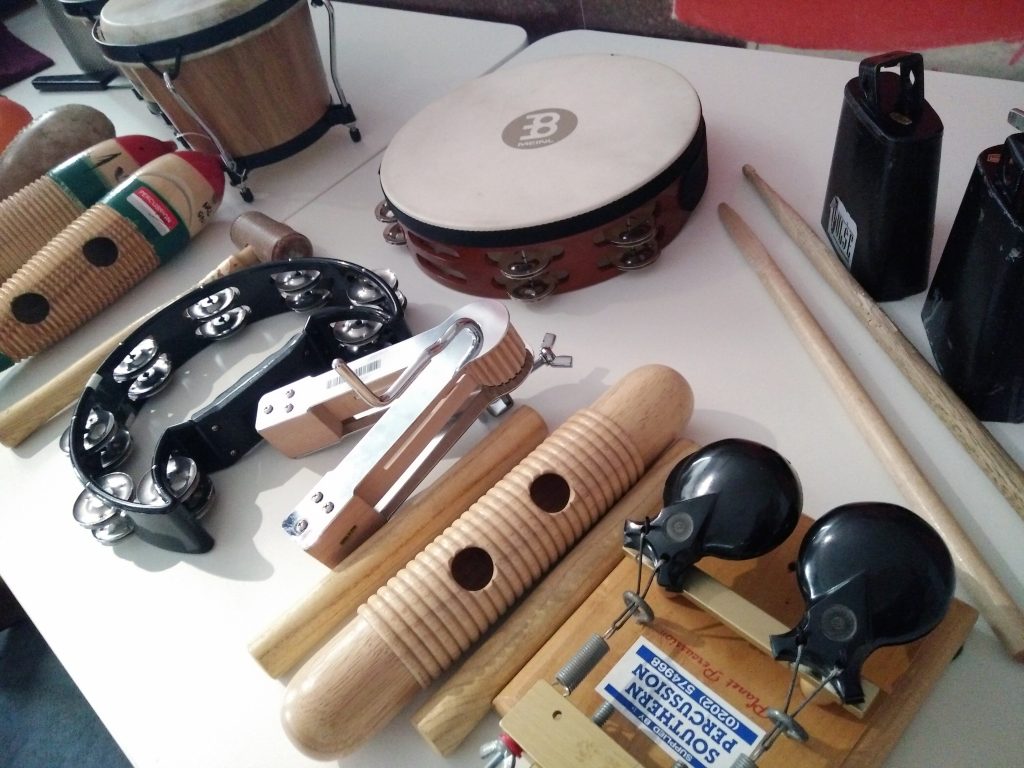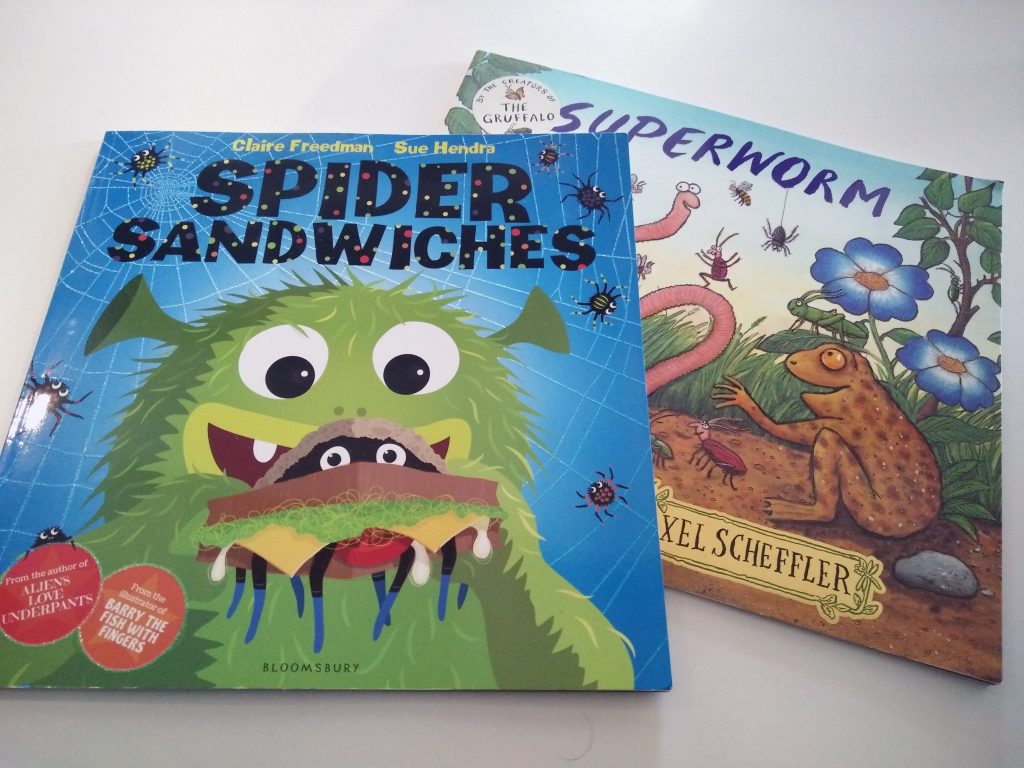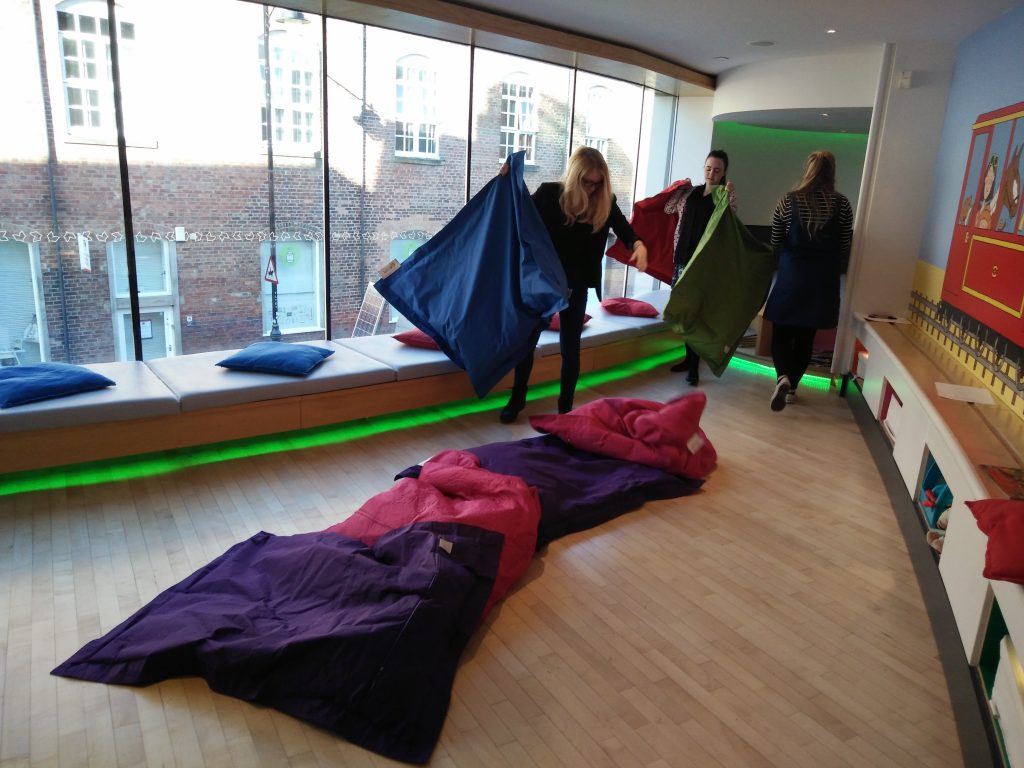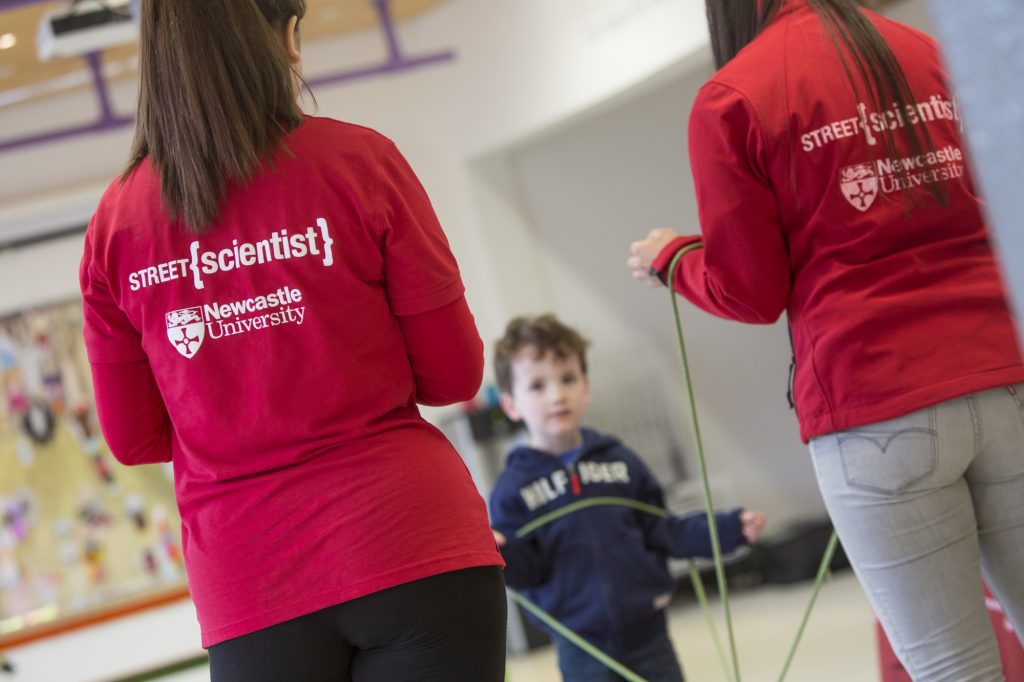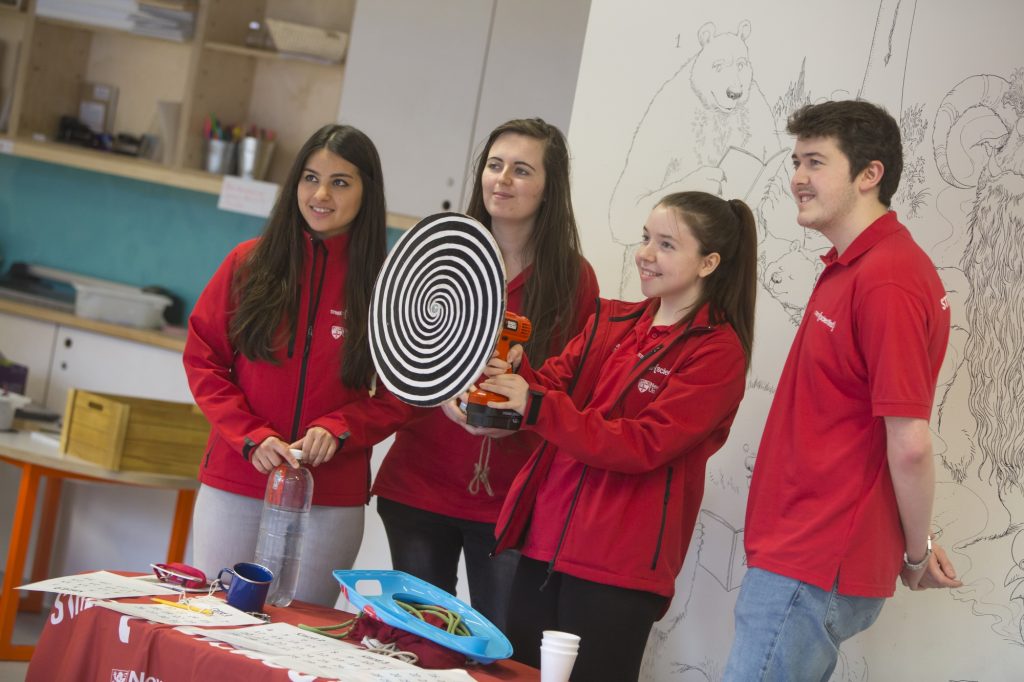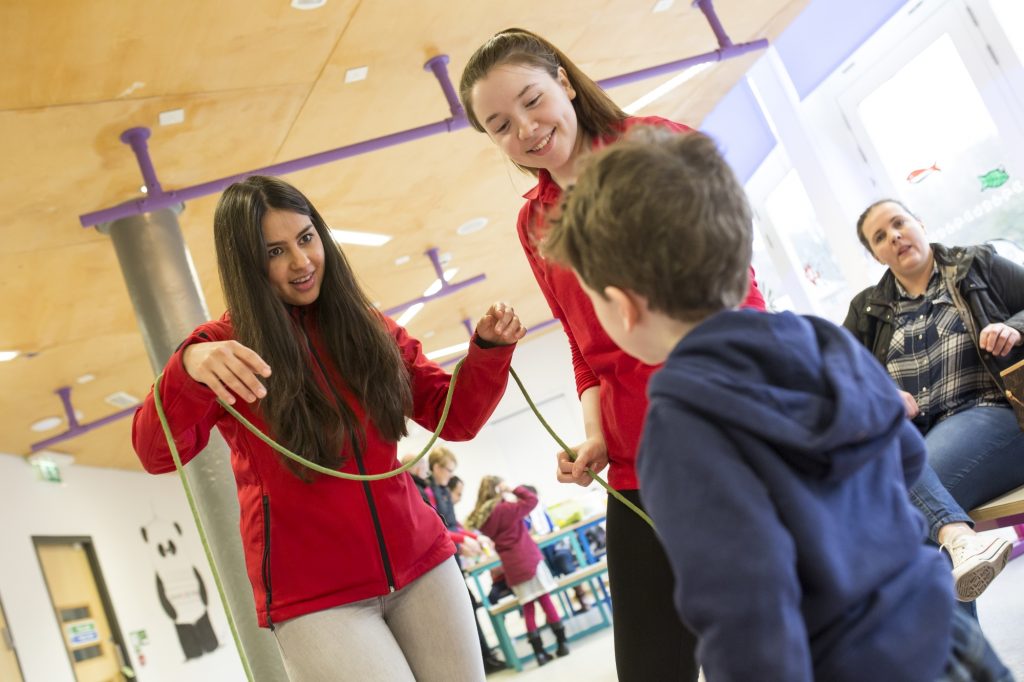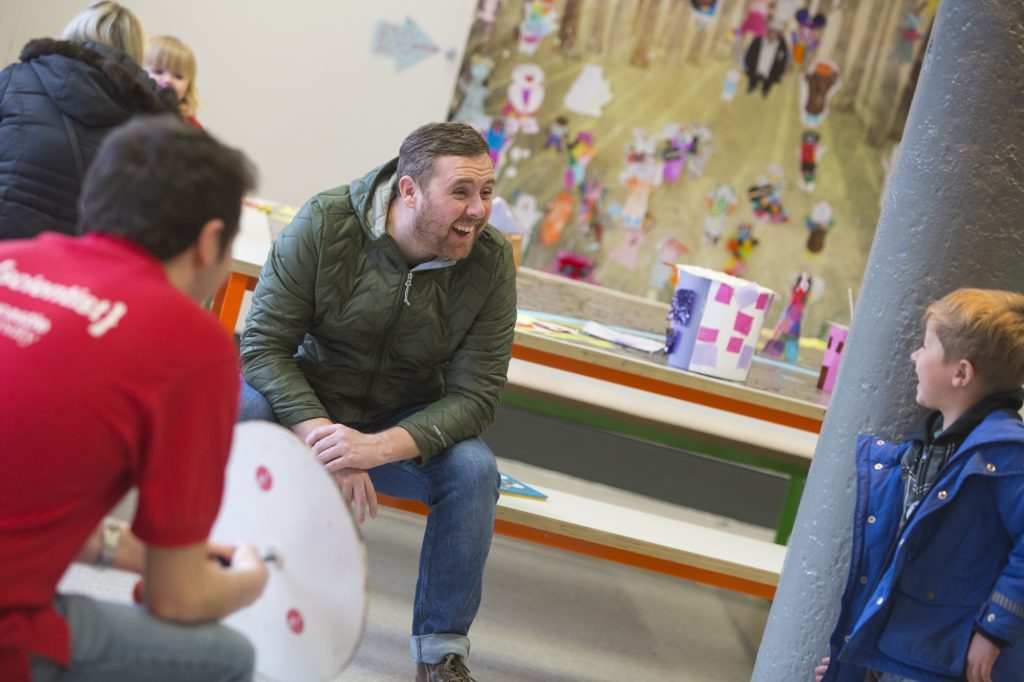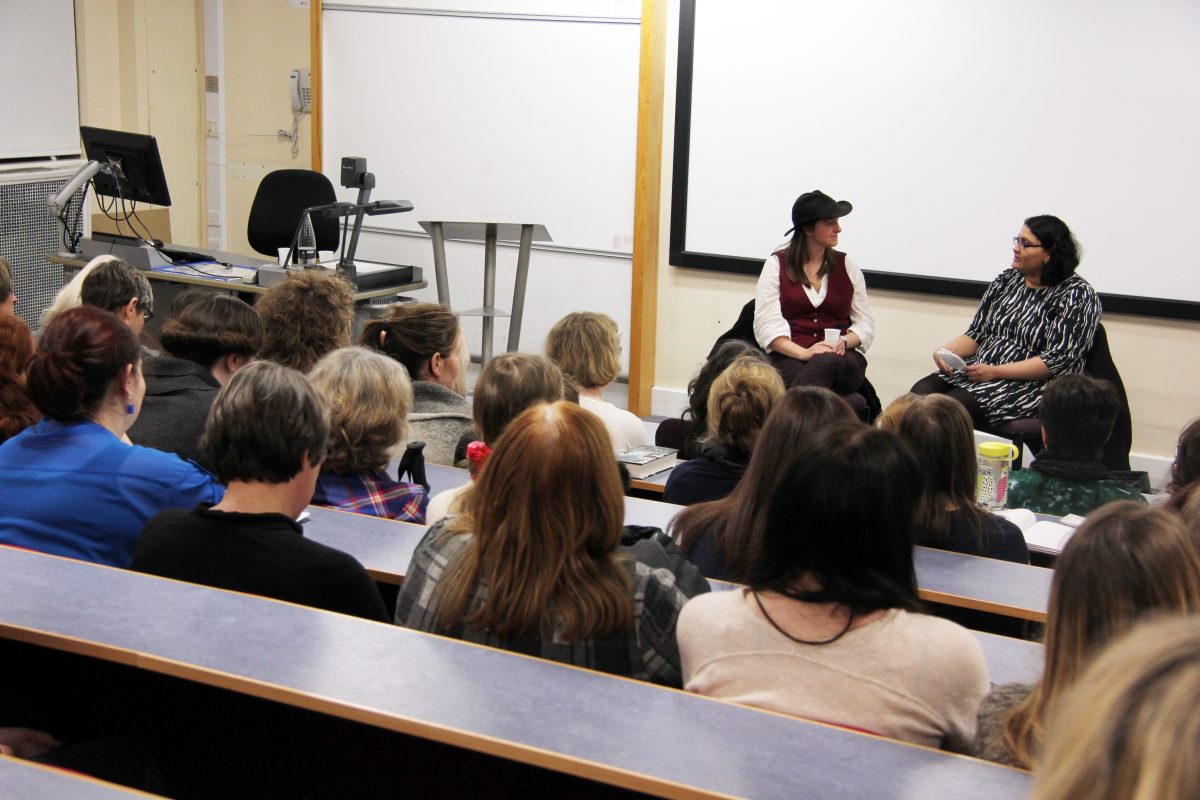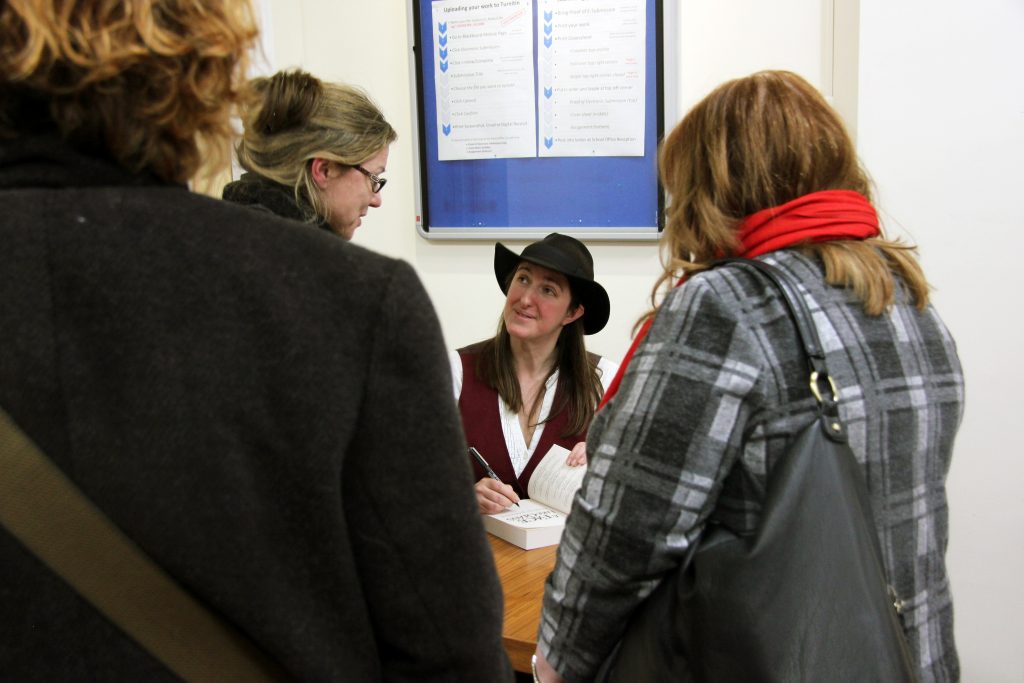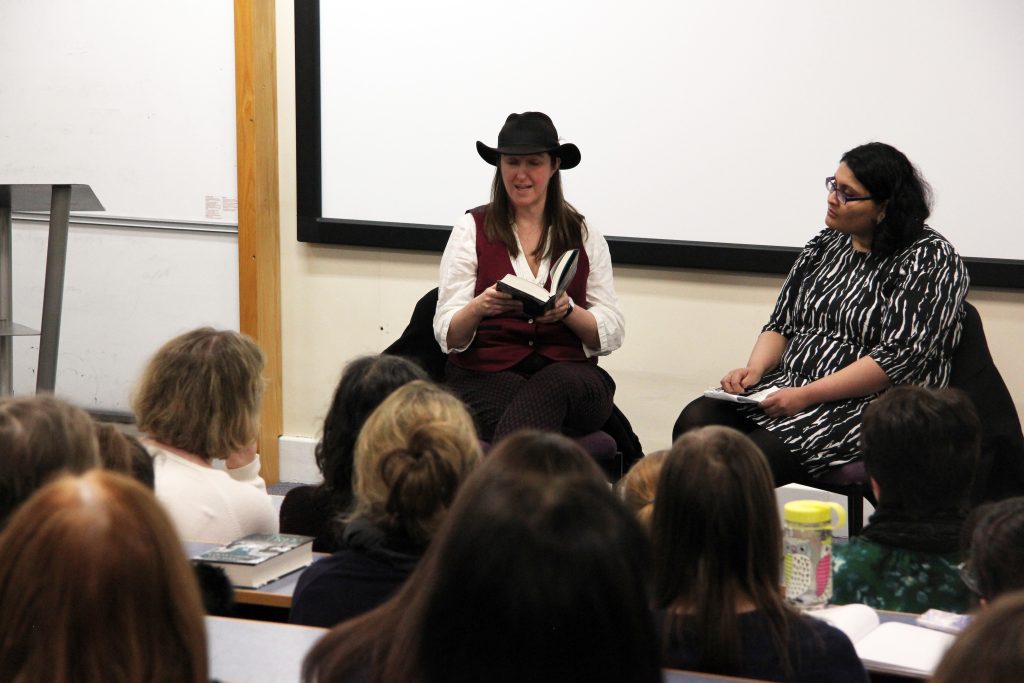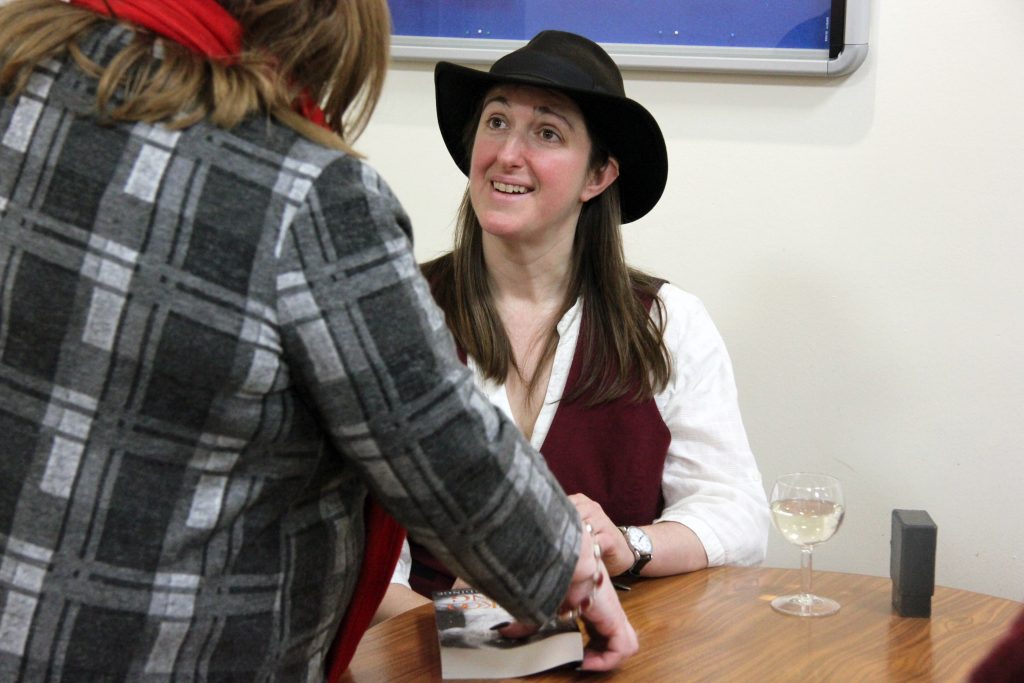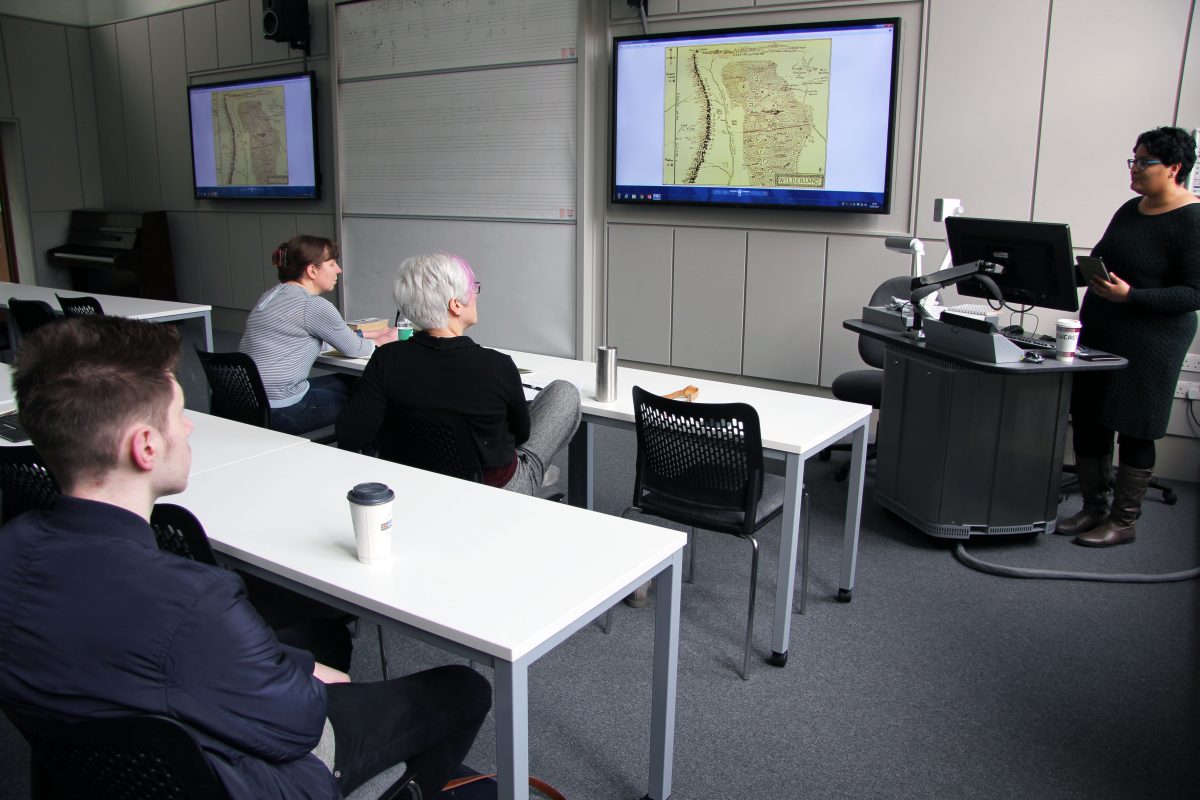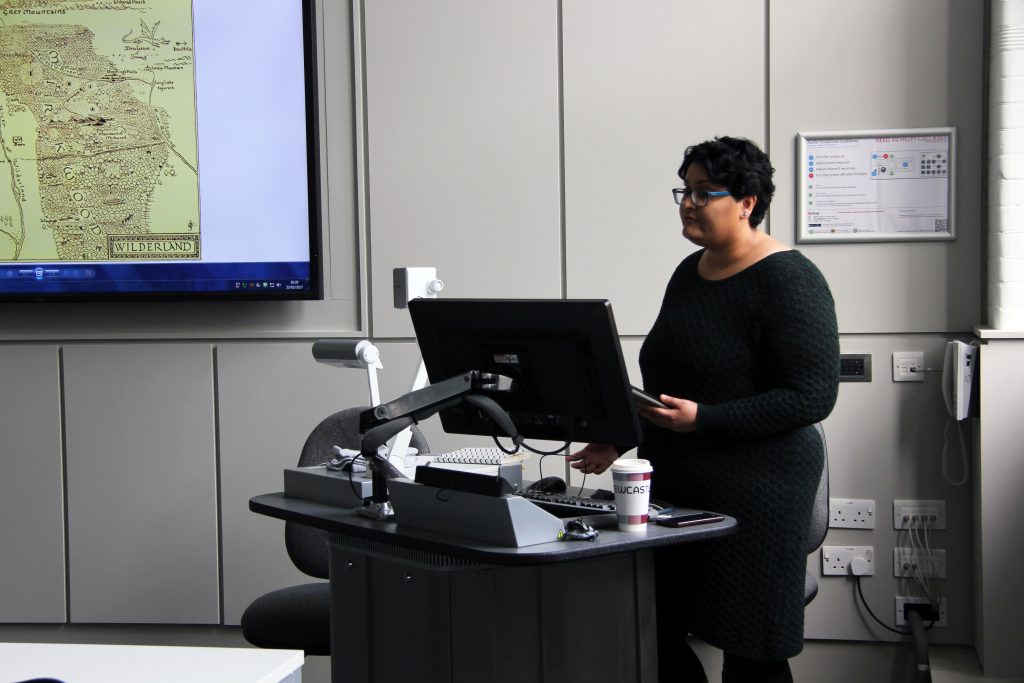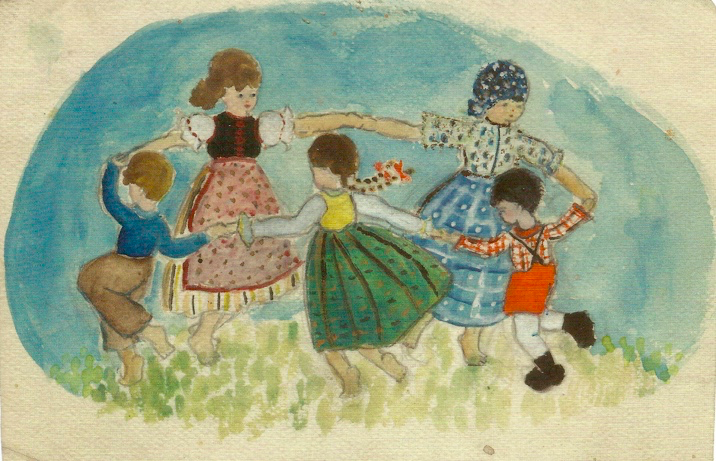I’m absolutely delighted to blog today about this year’s Times Higher Education Leadership and Management Awards (THELMAs), where Newcastle University and Seven Stories: The National Centre for Children’s Books won the Knowledge Exchange / Transfer Initiative of the Year prize for our Knowledge Transfer Partnership.
From October 2015 to December 2016, Seven Stories: The National Centre for Children’s Books and Newcastle University’s School of English Literature, Language and Linguistics collaborated on an innovative Knowledge Transfer Partnership, supported by the Arts and Humanities Research Council and InnovateUK. I blogged about the Seven Stories KTP, which is believed to be the first English Literature KTP in the UK, back in January, where you can read all about the project.

The KTP was a flagship project for the Vital North Partnership, so I suggested that this should be put forward for the THELMA Awards, and worked closely with colleagues in the University’s Knowledge Transfer Partnership Team and the Press Office to make the award submission.
We were lucky enough to be shortlisted amongst some amazing entries – and on 22nd June, it was announced that Newcastle University had won the Knowledge Transfer / Exchange Initiative of the Year! Dr Lucy Pearson, one of the KTP’s academic supervisors, and Kate Edwards, Seven Stories’ Chief Executive, collected our THELMA trophy at a glittering award ceremony in London’s Grosvenor House Hotel in London.
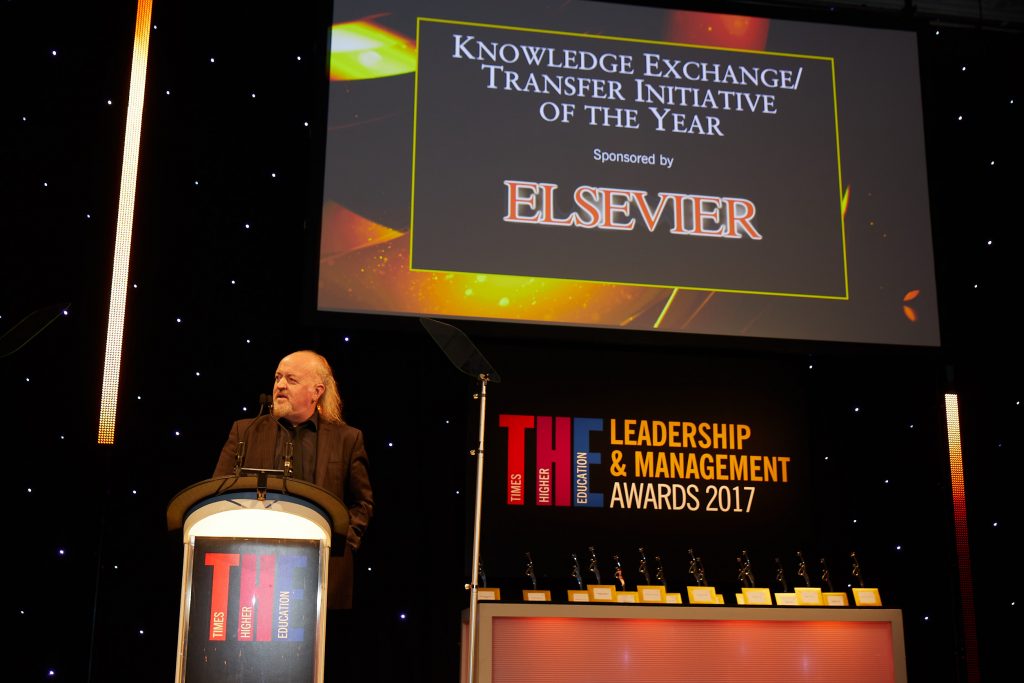
The judging panel said that this collaboration was “an exemplar of how a school of English could engage in knowledge exchange. The initiative has transformed the way staff seek to apply their knowledge and unlocked a number of additional collaborations in the area of English literature.”
Pro-Vice Chancellor for the Faculty of Humanities and Social Sciences, Professor Julie Sanders, said: “I am immensely proud that the work of the School of English Literature, Language and Linguistics with Seven Stories has been recognised in this way. The KTP project is a model of what purposeful partnerships and collaborative working can achieve.”
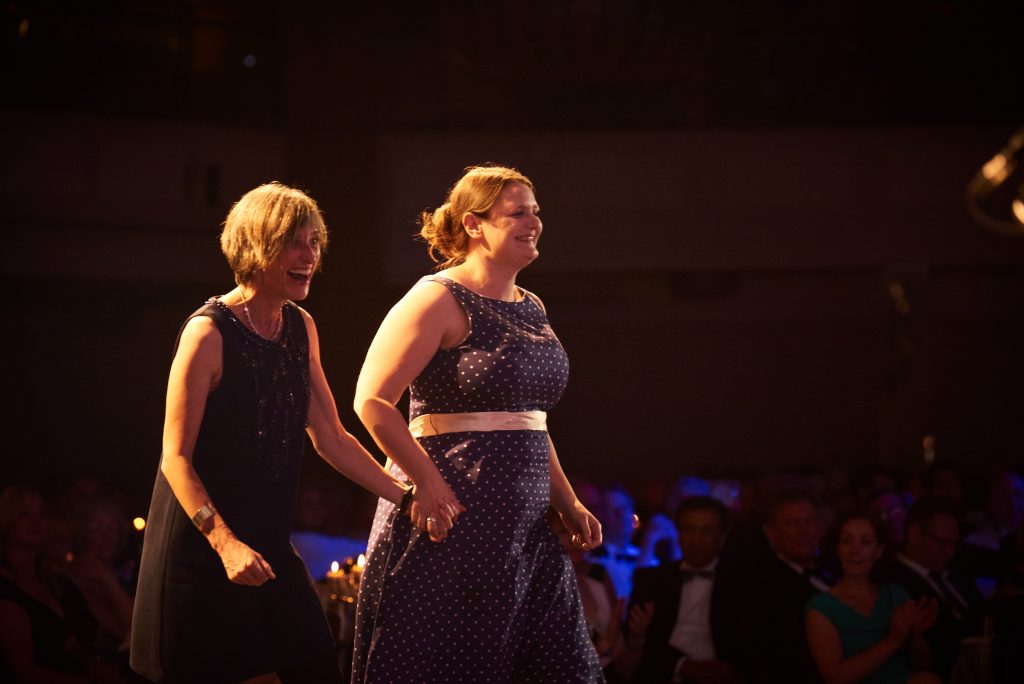
For Kate Edwards, this award “recognises that Seven Stories and Newcastle University are leading the way in bringing together research and engagement expertise to create rich, authentic and people-centred experiences that explore literature for children.
Dr Jessica Medhurst, our KTP Associate, took the application of research and interpretation of Michael Morpurgo’s archive to a different level, culminating in a landmark exhibition, that opened at Seven Stories in 2016. Our unique collections and curatorial experience, alongside the School of English Literature, Language and Linguistics’ subject knowledge and research rigour are opening up new opportunities for experimentation, with the goal that research and our collections are shared with the public in ways that are relevant, accessible and engaging.”
Many congratulations to all of my colleagues – an amazing award for an amazing project!


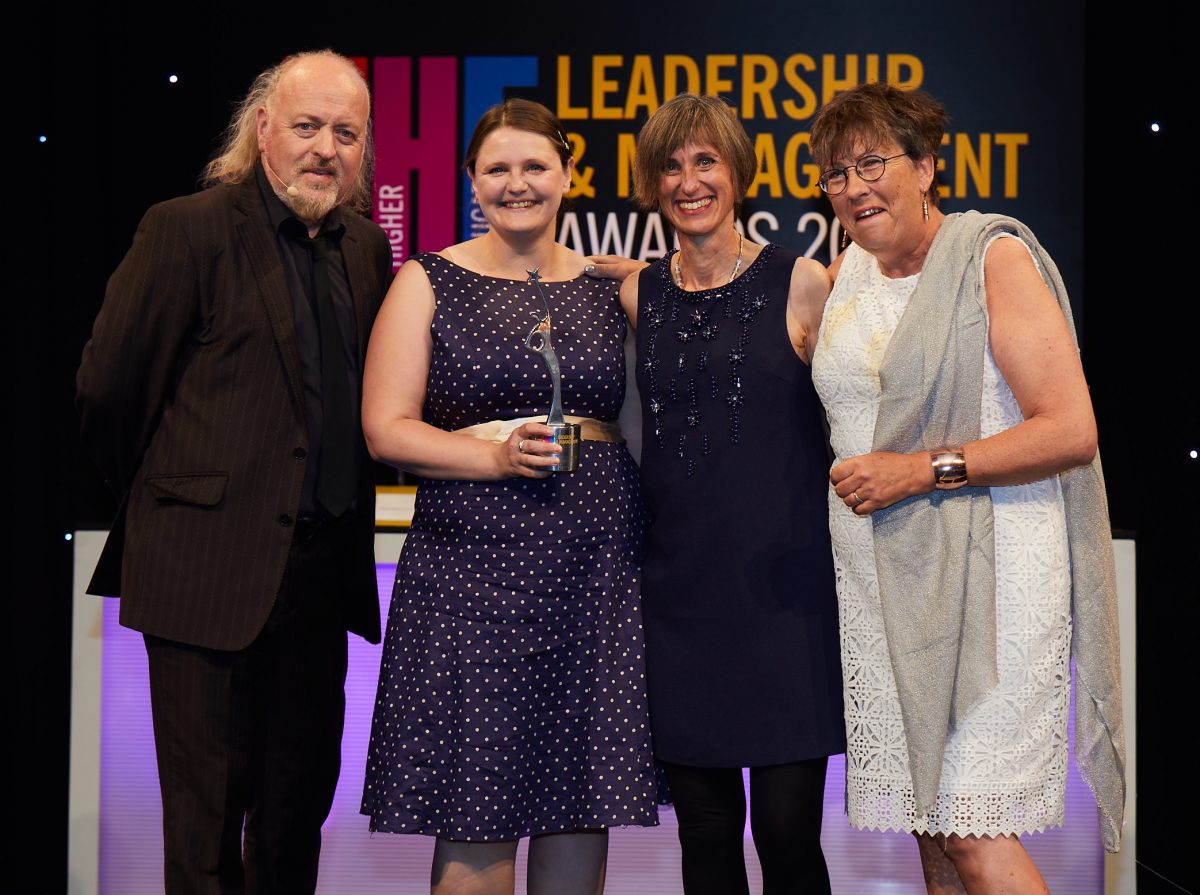
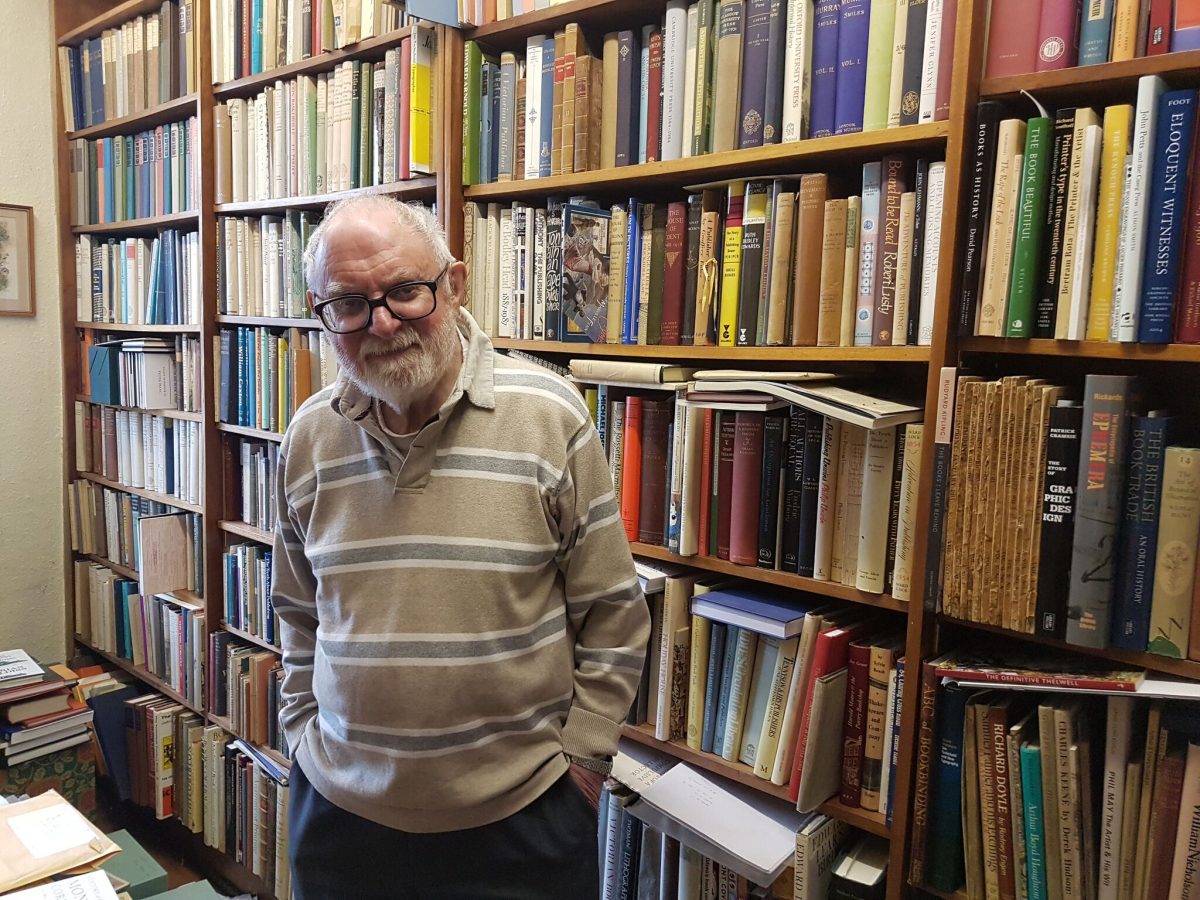
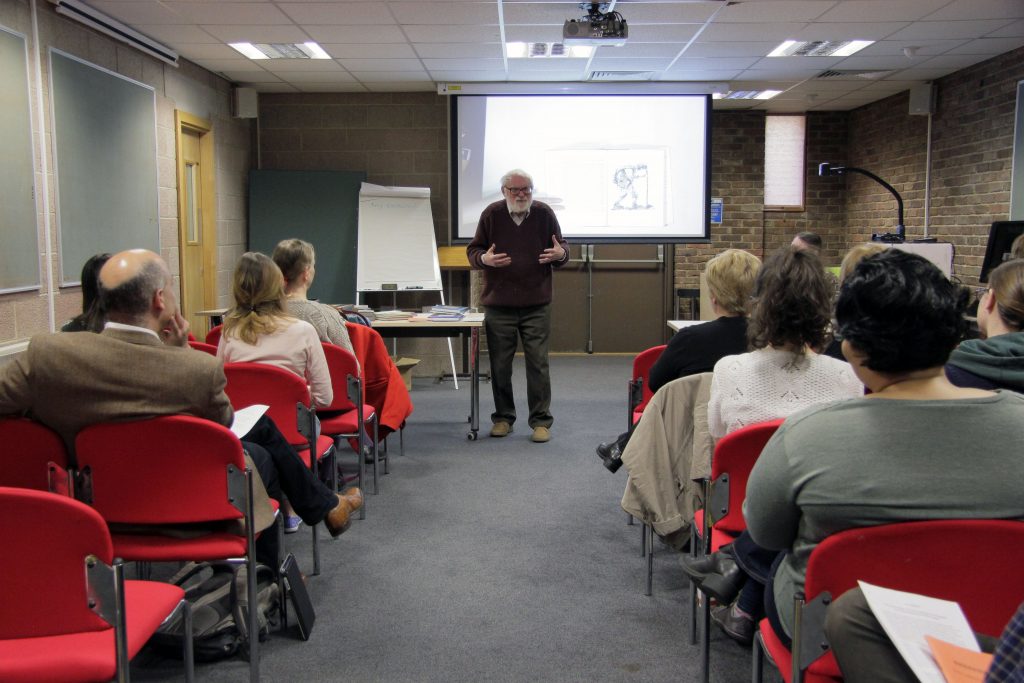

![The History of Goody Two Shoes; with the adventures of her brother Tommy. Embellish'd with elegant engravings. Glasgow: Published by J.Lumsden & Son, & sold by Stoddart & Craggs, Hull. Price Sixpence, no date [circa.1814].](https://blogs.ncl.ac.uk/vitalnorth/files/2017/06/Goody-Two-Shoes-1814-BEWICK-title-page-1024x752.jpg)
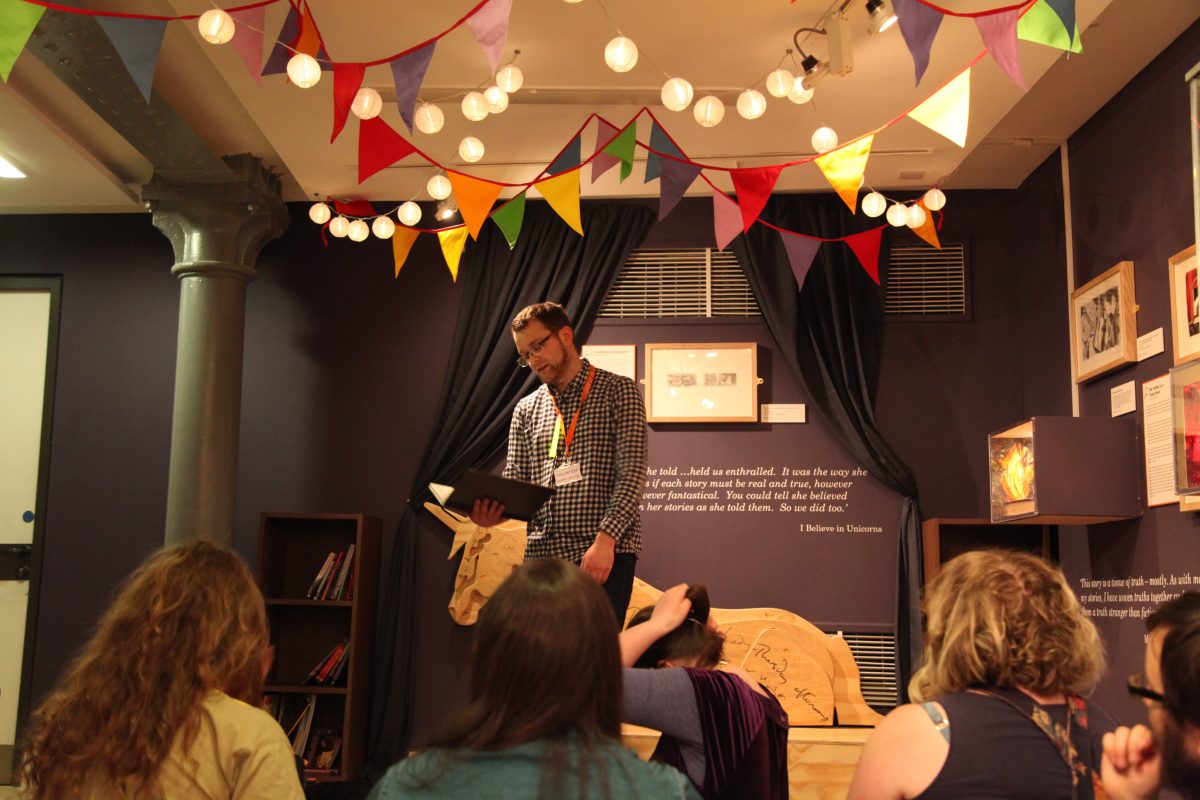
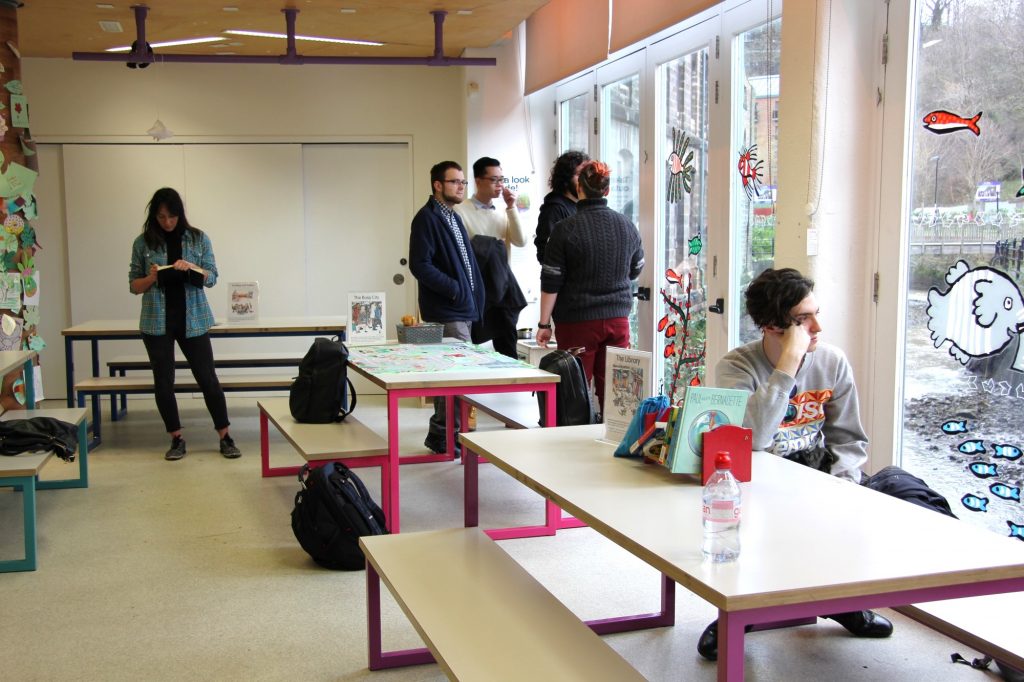

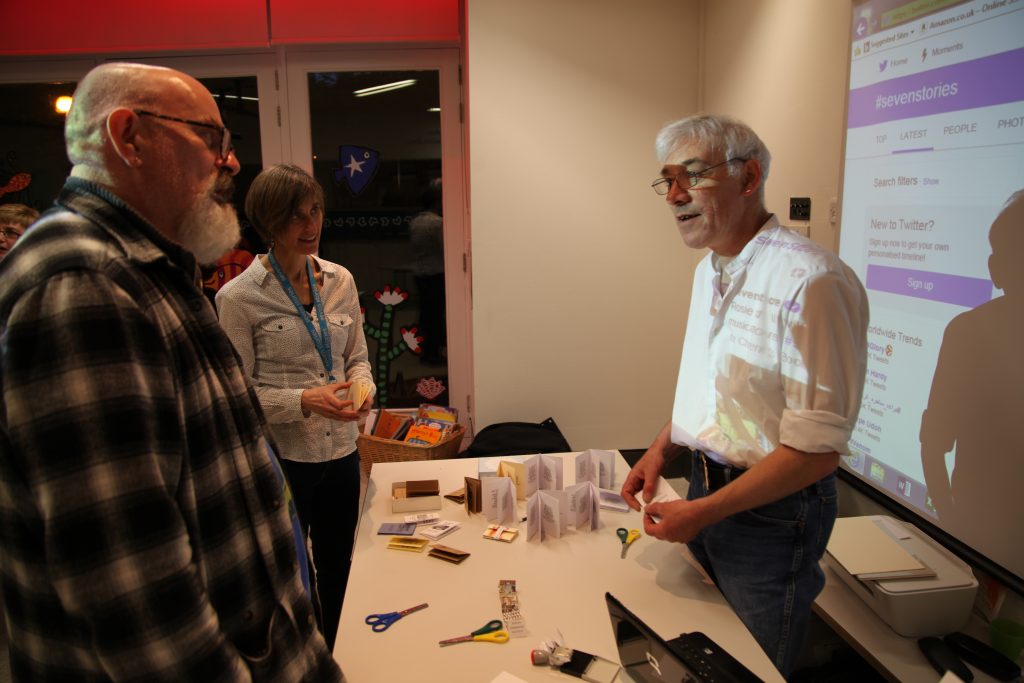
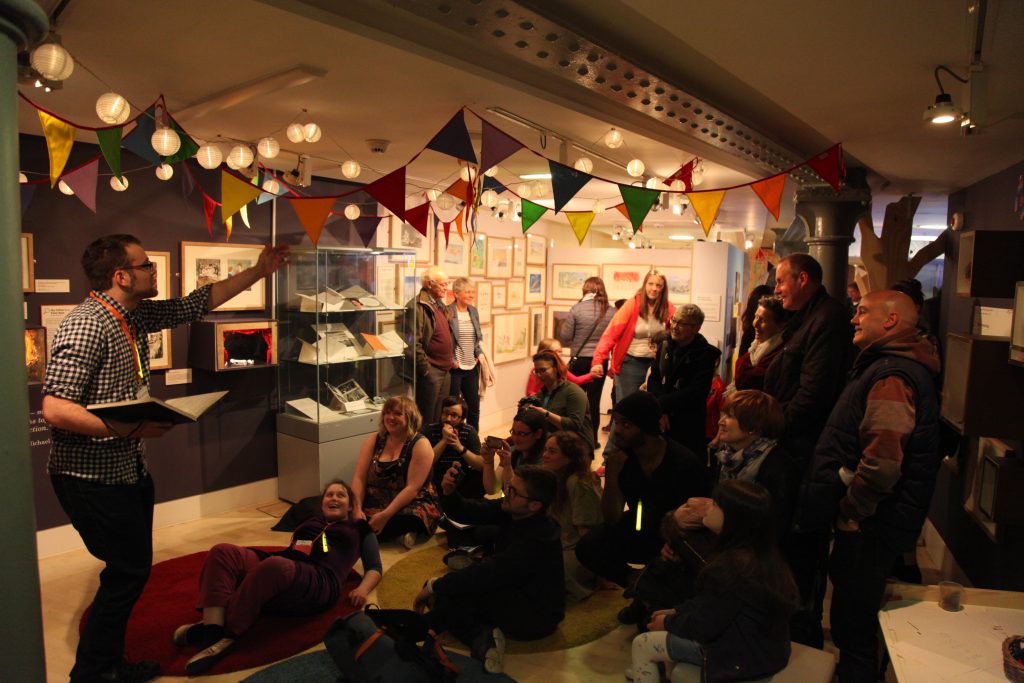
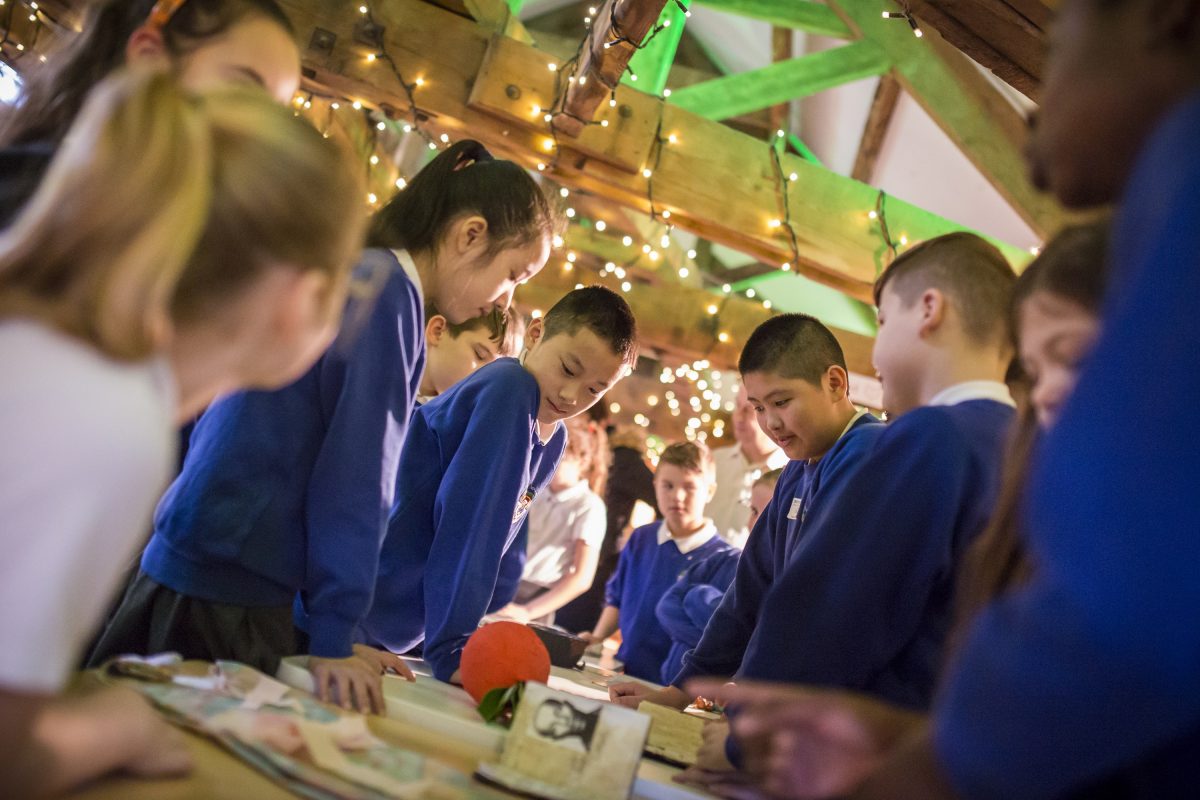
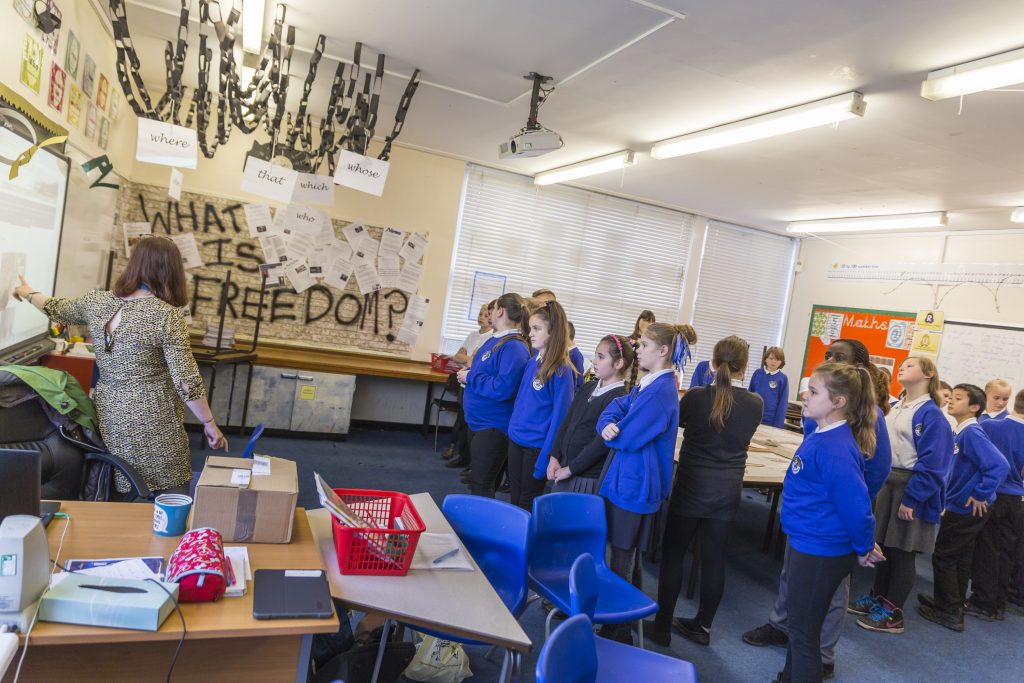
 Seven Stories Learning and Participation Manager Debbie Beeks. Image: Seven Stories, The National Centre for Children’s Books, photography by Richard Kenworthy
Seven Stories Learning and Participation Manager Debbie Beeks. Image: Seven Stories, The National Centre for Children’s Books, photography by Richard Kenworthy
